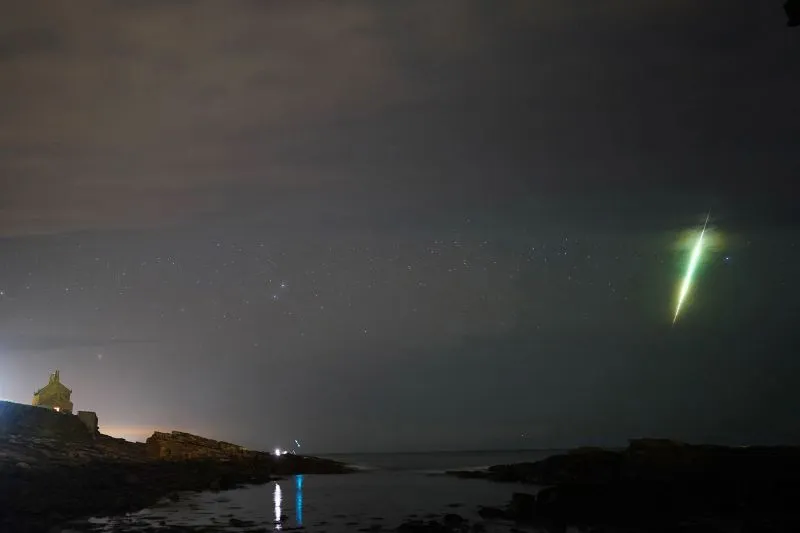Meteor Shower: Discover the Draconid Meteor Shower Peak

Meteor Shower: The Spectacle of the Draconids
The Draconid meteor shower will light up the skies this October, offering a unique stargazing opportunity. Best seen shortly after nightfall, this shower stands apart due to its peak visibility in the evening rather than the early morning. As Earth passes through the debris trail of comet 21P/Giacobini-Zinner, star gazers can anticipate seeing up to 10 meteors per hour under favorable conditions.
Viewing Tips for the Draconids
- Choose a location away from city lights for improved visibility.
- Lay back in a reclining chair to get a comfortable view.
- Be prepared with a camera for stunning time-lapse shots.
Historical Meteor Events
Although the Draconids are typically a quieter shower, they have surprised observers in the past with stunning meteor storms. Notable storms occurred in 1933 and 1946, with a staggering number of meteors filling the sky. As the next close approach of comet 21P/Giacobini-Zinner is set for 2025, stargazers should remain hopeful for unexpected displays this year.
Upcoming Celestial Events to Watch
The astronomical calendar remains busy with several upcoming meteor showers and full moons, including:
- Orionids: October 20-21
- Southern Taurids: November 4-5
- Northern Taurids: November 11-12
- Leonids: November 17-18
- Geminids: December 13-14
- Ursids: December 21-22
This article was prepared using information from open sources in accordance with the principles of Ethical Policy. The editorial team is not responsible for absolute accuracy, as it relies on data from the sources referenced.